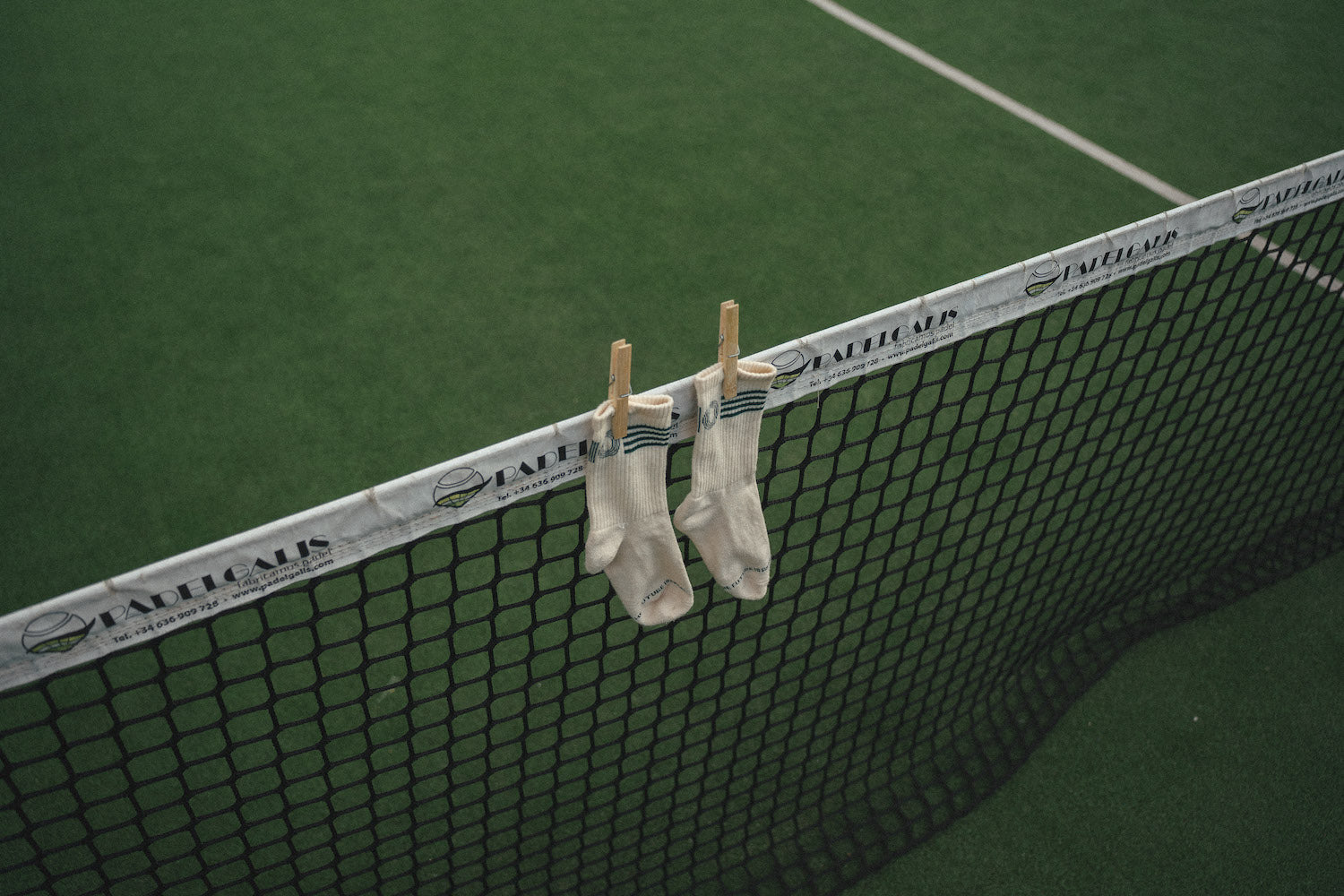Padel-Tennis und traditionelles Tennis: Ein Vergleich der beiden Sportarten

Padel-Tennis wird oft mit traditionellem Tennis verglichen, doch es gibt einige entscheidende Unterschiede, die Padel zur überlegenen Sportart machen. Zum einen wird Padel auf einem kleineren, von Wänden umschlossenen Platz gespielt, was ein schnelleres und intensiveres Spiel ermöglicht. Auch der Padelball unterscheidet sich leicht: Er hat eine geringere Kompression und einen Hohlkern, wodurch er sich besser kontrollieren lässt.
Einer der größten Vorteile von Padel gegenüber traditionellem Tennis ist der Teamaspekt. Padel wird typischerweise im Doppel gespielt, was bedeutet, dass die Spieler auf ihren Partner angewiesen sind und effektiv kommunizieren müssen, um erfolgreich zu sein. Dadurch ist Padel ein geselligerer und integrativerer Sport, da er Spielern unterschiedlicher Spielstärken ermöglicht, zusammenzuarbeiten und voneinander zu lernen.
Ein weiterer wesentlicher Unterschied zwischen Padel und Tennis liegt in der Ausrüstung. Padelschläger sind kürzer und haben einen kleineren Sweetspot, was von den Spielern eine bessere Technik und Hand-Augen-Koordination erfordert. Das macht das Spiel nicht nur anspruchsvoller, sondern auch lohnender für Spieler, die die besonderen Anforderungen des Padel meistern.
Trotz dieser Unterschiede gibt es auch viele Gemeinsamkeiten zwischen Padel und Tennis. Beide Sportarten erfordern, dass die Spieler einen Ball über ein Netz schlagen, und beide verlangen eine Kombination aus Geschicklichkeit und strategischem Denken. Darüber hinaus können beide Sportarten von Spielern aller Altersgruppen und Spielstärken ausgeübt werden und sind somit einem breiten Publikum zugänglich.
Zusammenfassend lässt sich sagen, dass Padel-Tennis eine einzigartige und spannende Alternative zum traditionellen Tennis bietet. Mit seinem kleineren Spielfeld, dem Teamaspekt und der speziellen Ausrüstung fordert Padel die Spieler heraus, ihre Fähigkeiten und Strategien auf neue Weise weiterzuentwickeln. Ob Sie ein erfahrener Tennisspieler sind, der etwas Neues ausprobieren möchte, oder ein Anfänger, der eine unterhaltsame und gesellige Sportart sucht – Padel ist die perfekte Wahl.


